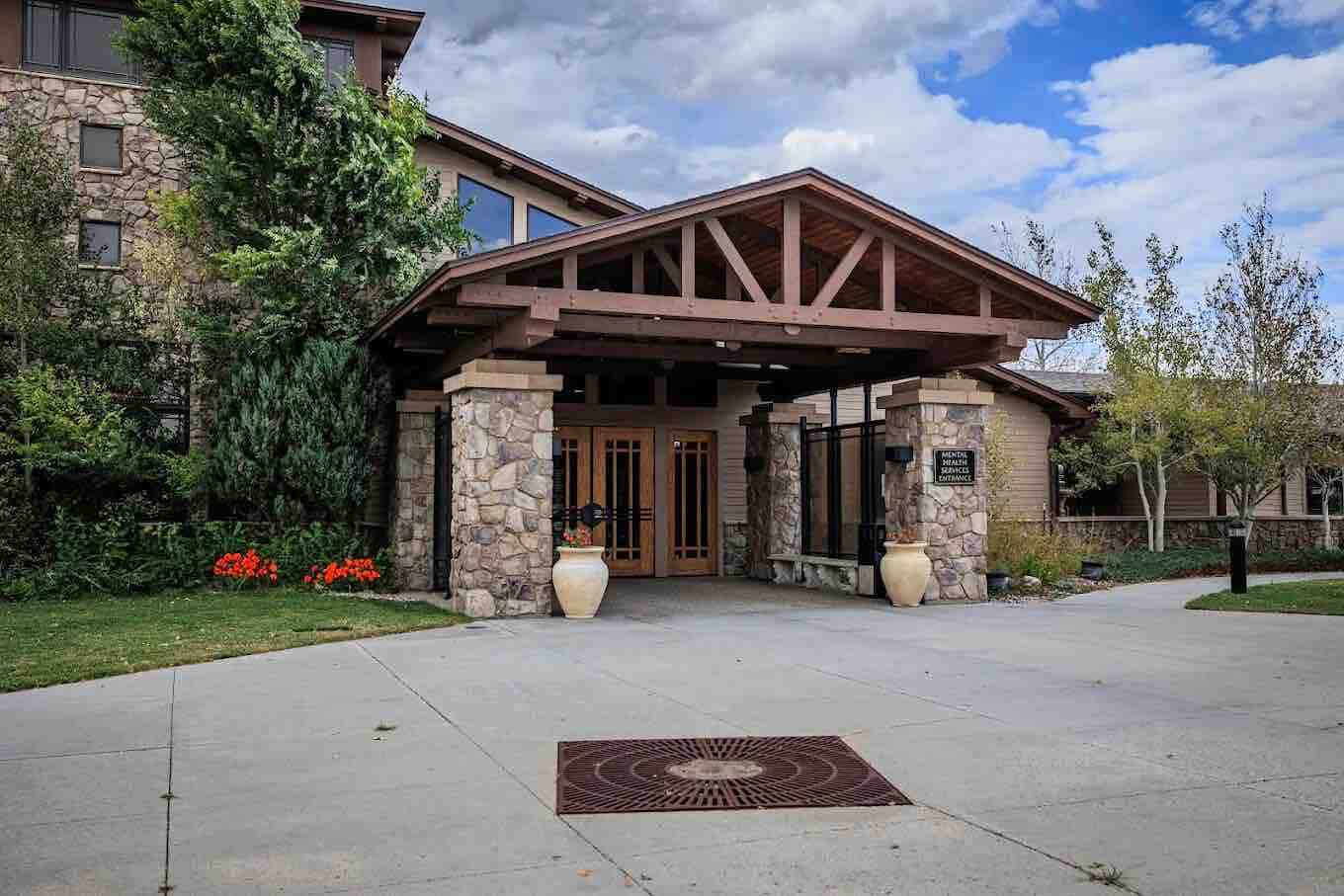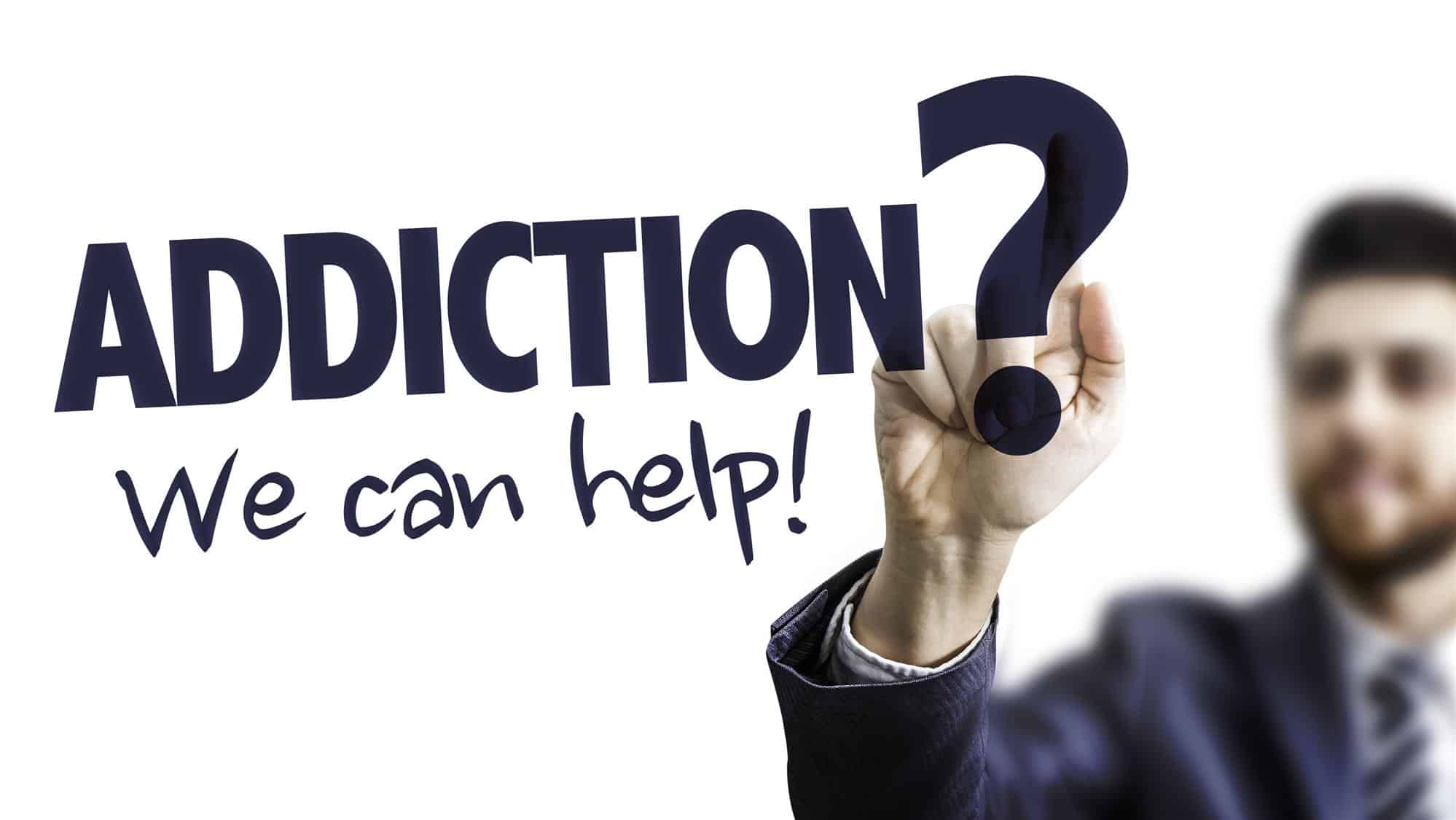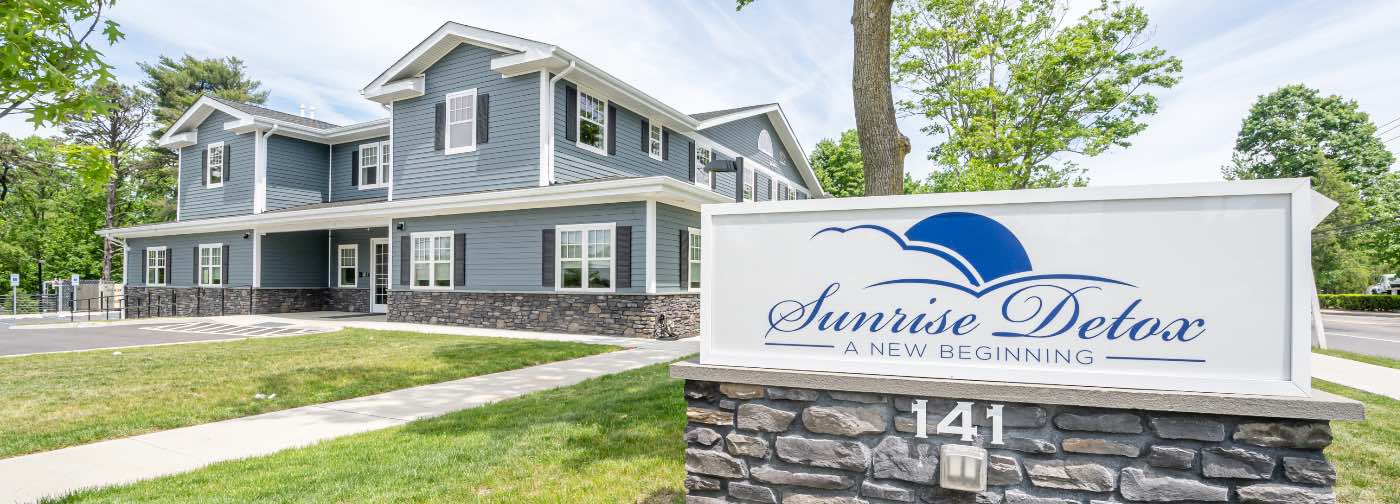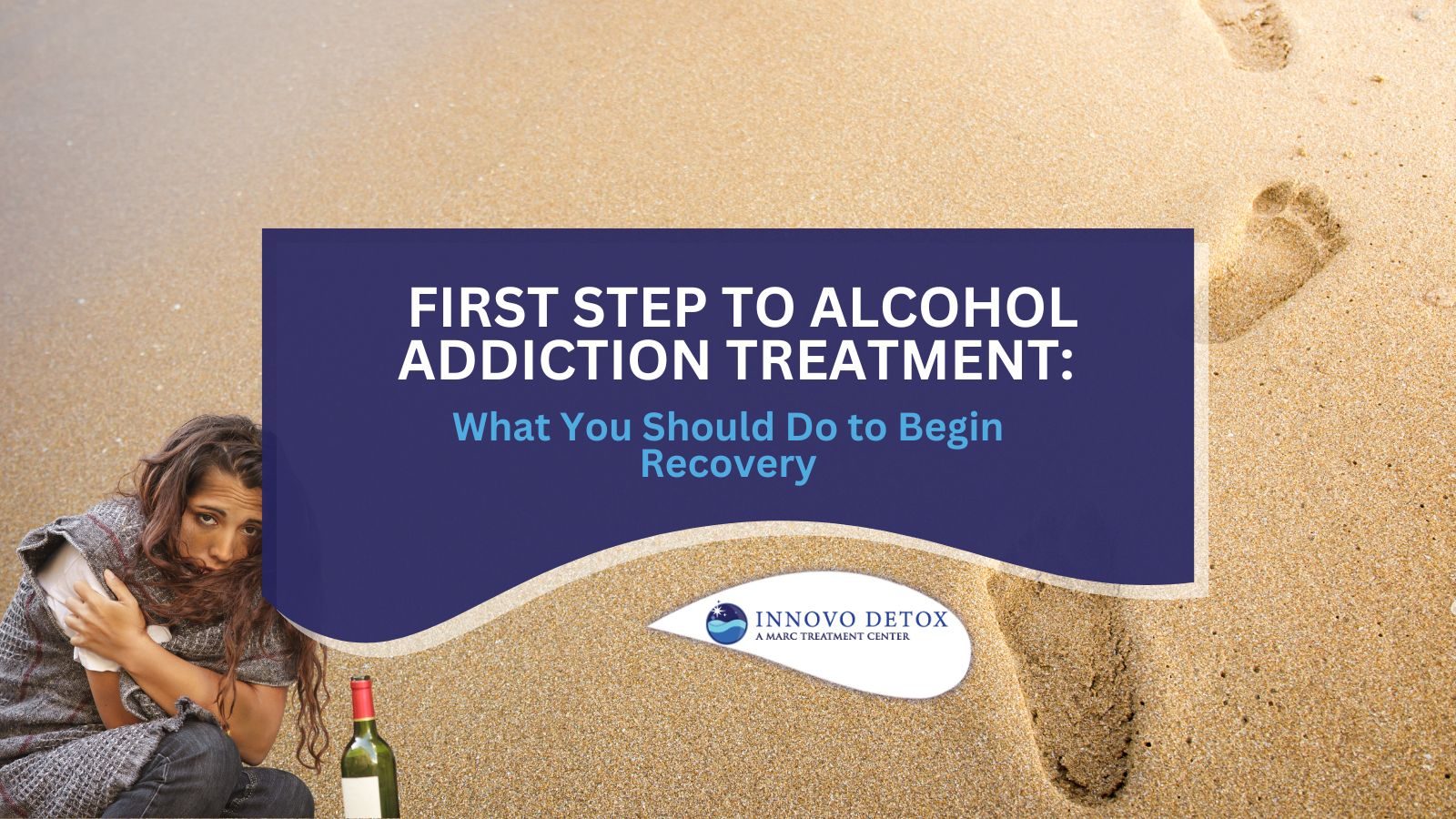
Why Understanding Your Alcoholism Treatment Options Matters
Taking the first step to find help for alcoholism can feel overwhelming, but you are not alone. In 2018, approximately 14.8 million people in the U.S. had an alcohol use disorder (AUD), yet only about 6.5% of adults with AUD sought treatment. The good news is that recovery is absolutely possible. Understanding the full spectrum of alcoholism treatment options is the first step toward healing.
Treatment isn’t one-size-fits-all. The right approach depends on the severity of alcohol dependence, co-occurring mental health conditions, and personal circumstances. Here are the main pathways to recovery:
Primary Treatment Levels:
- Medical Detox – Medically supervised withdrawal management (2-7 days)
- Residential/Inpatient Treatment – 24/7 care in a structured facility (30-90 days)
- Partial Hospitalization (PHP) – Intensive daily treatment while living at home
- Intensive Outpatient (IOP) – Structured therapy several times per week
- Standard Outpatient Care – Regular counseling sessions with flexibility
Core Treatment Components:
- Behavioral Therapies – Cognitive Behavioral Therapy (CBT), Motivational Improvement, 12-Step Facilitation
- FDA-Approved Medications – Naltrexone, Acamprosate, Disulfiram to reduce cravings and prevent relapse
- Support Groups – Alcoholics Anonymous (AA), SMART Recovery, peer support networks
- Aftercare Programs – Ongoing support to maintain long-term sobriety
Modern treatment goes beyond traditional rehab, with options like telehealth, online support groups, and medication-assisted treatment. You can access evidence-based help in ways that fit your life, reduce stigma, and respect your privacy.
At Addiction Helpline America, we help individuals and families steer the complex landscape of alcoholism treatment options, connecting them with appropriate care and providing confidential support. Having accurate information empowers you to make the best decision for your recovery journey.
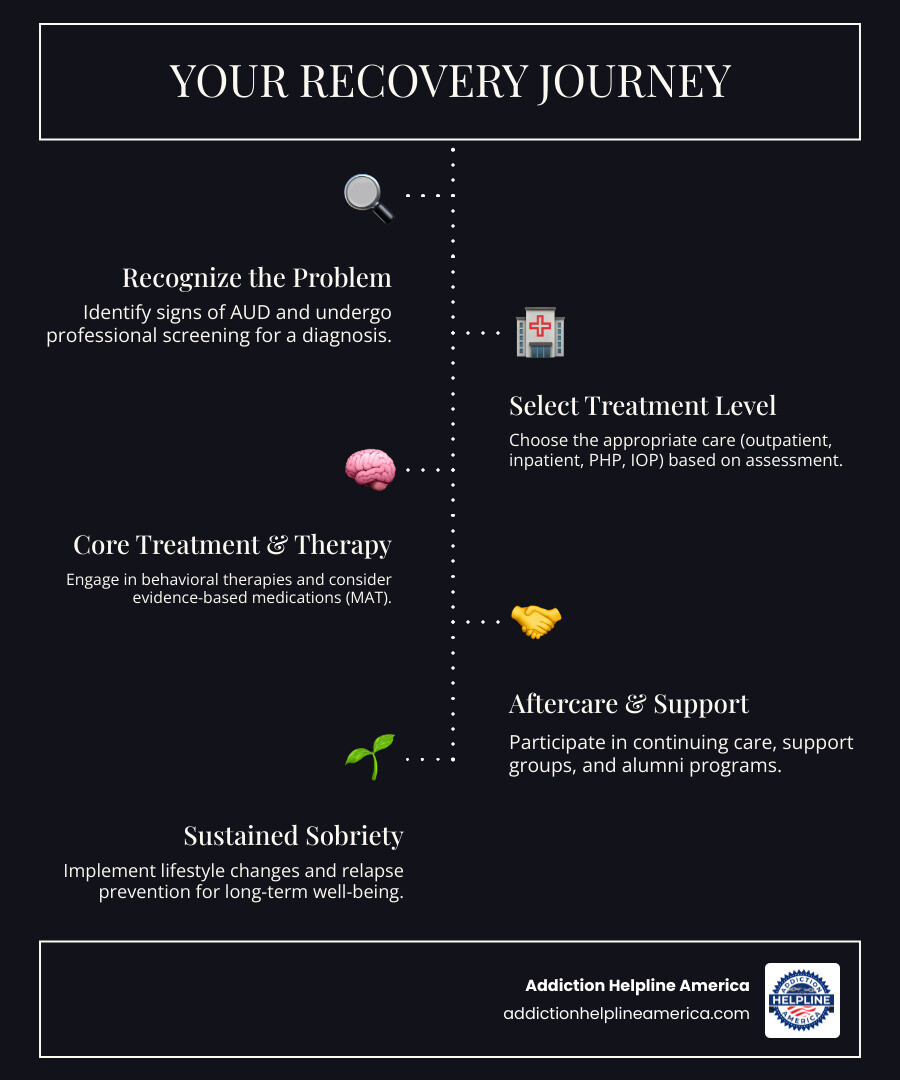
Similar topics to alcoholism treatment options:
Understanding Alcohol Use Disorder (AUD): The First Step to Recovery
Before exploring alcoholism treatment options, it’s important to understand that alcohol use disorder (AUD) is a medical condition—a chronic brain disease, not a character flaw. Just like diabetes or heart disease, it’s a health condition that responds to proper treatment. Understanding this can lift a tremendous burden of shame and help you take the first step toward recovery.
Signs, Symptoms, and Complications of AUD
Healthcare professionals diagnose AUD using criteria from the Diagnostic and Statistical Manual of Mental Disorders (DSM-5). The number of symptoms you meet determines its severity: mild (2-3 symptoms), moderate (4-5 symptoms), or severe (6 or more symptoms).
- Behavioral signs often appear first. These include intense cravings, drinking more or longer than intended, unsuccessful attempts to cut back, and neglecting responsibilities or hobbies due to alcohol use.
- Physical signs tell their own story. Tolerance is needing more alcohol to get the same effect. Withdrawal includes uncomfortable symptoms like shakiness, sweating, and anxiety when you stop drinking.
The health complications of long-term alcohol use are serious, affecting nearly every organ. It can lead to liver disease (cirrhosis), heart problems, pancreatitis, and an increased risk for several types of cancer. AUD also frequently co-occurs with mental health conditions like depression, anxiety, and PTSD, creating a cycle where each condition can worsen the other. The Mayo Clinic Minute: How alcohol affects your liver provides an excellent overview of this process.
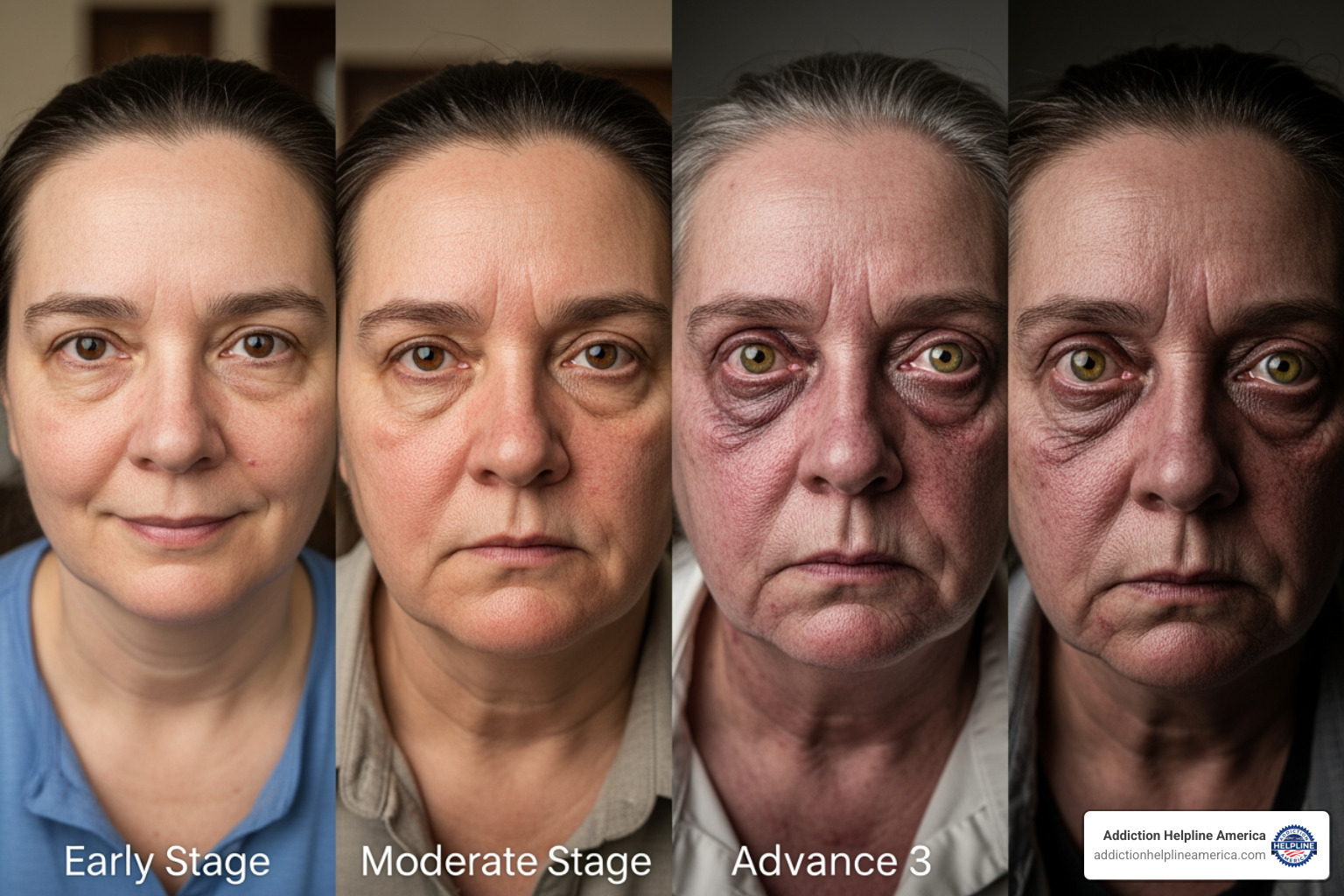
How AUD is Diagnosed and Screened
If you’re concerned about your drinking, talking to a healthcare provider is the best place to start. The diagnostic process is a confidential conversation about your drinking habits, family history, and overall health. A physical examination and psychological evaluation help assess any alcohol-related damage and identify co-occurring mental health conditions.
Providers often use validated screening tools like the AUDIT (Alcohol Use Disorders Identification Test) or the shorter AUDIT-C screening tool. These assessments aren’t meant to judge you; they are designed to determine if a problem exists and how severe it is. This information is essential for recommending the most appropriate alcoholism treatment options for your unique situation.
A Comprehensive Overview of Alcoholism Treatment Options
Because every person’s relationship with alcohol is unique, alcoholism treatment options come in many forms. A professional assessment is the best way to determine the right level of care, considering your AUD severity, health, and home environment. This variety ensures you can find an approach that fits your specific situation.
Determining the Right Level of Care
Treatment is offered on a spectrum of intensity, from the most intensive support to more flexible options. The American Society of Addiction Medicine (ASAM) provides clear categories for these levels of care.
- Medical Detoxification: A 2 to 7-day process in a supervised medical setting to safely manage withdrawal symptoms. This is the first step, not a complete treatment.
- Residential Inpatient Treatment: 24/7 care in a facility for 30-90 days. This immersive environment is ideal for severe AUD, co-occurring conditions, or unsupportive home environments.
- Partial Hospitalization Programs (PHP): Intensive treatment during the day (5-7 days a week) while you return home or to a sober living house at night. It’s often a step down from residential care.
- Intensive Outpatient Programs (IOP): Structured therapy for 9-20 hours per week, allowing you to maintain work or family commitments. It balances structure with flexibility.
- Standard Outpatient Care: The most flexible option, involving weekly or bi-weekly counseling sessions. It’s suitable for mild AUD or as ongoing support after a more intensive program.
Many people “step down” through these levels as they progress in their recovery, gradually moving toward more independence while still having a safety net.

Modern and Flexible Treatment Approaches
The world of alcoholism treatment options has expanded dramatically, making quality care more accessible and private than ever.
- Telehealth has opened doors for countless individuals, allowing you to connect with therapists and doctors via video or phone. This is especially valuable if you live in a rural area, have transportation challenges, or need a more private way to receive care.
- Digital tools and apps can supplement professional care by helping you track triggers, practice coping skills, and access support on the go.
- Building a custom care team that includes your primary care provider, a therapist, and a psychiatrist allows for highly personalized and comprehensive treatment.
These modern approaches ensure that no matter where you are in the United States, from Alabama to Arizona, evidence-based treatment is more available now than ever before.

Core Components of Treatment: Therapy and Medication
Once you’ve identified the right level of care, the most effective alcoholism treatment options combine two powerful, evidence-based approaches: behavioral therapies and medication. This addresses both the mind and the body for a comprehensive recovery.
The Power of Behavioral Therapies in Recovery
Behavioral therapies are the backbone of treatment, teaching you to change the thoughts and behaviors that fuel drinking.
- Cognitive Behavioral Therapy (CBT) helps you identify your triggers and develop practical coping strategies to manage cravings and avoid relapse.
- Motivational Improvement Therapy (MET) is a collaborative approach where a therapist helps you find your own internal motivation to change.
- 12-Step Facilitation Therapy is a professional counseling approach designed to help you engage with mutual support groups like Alcoholics Anonymous.
- Family and couples therapy helps repair relationships, address enabling behaviors, and build a supportive home environment, which dramatically increases the chances of maintaining abstinence. For family members, organizations like Al-Anon provide invaluable support.
Evidence-Based Medications for Alcohol Use Disorder
Medication-assisted treatment (MAT) uses non-addictive, FDA-approved medications to help manage AUD as a chronic condition. These are not a substitute for therapy but a powerful tool to support it.
- Naltrexone (oral pill or monthly injection) reduces cravings and blocks the pleasurable effects of alcohol.
- Acamprosate (daily pill) helps ease the emotional and physical discomfort of early sobriety for those who have already stopped drinking.
- Disulfiram (daily pill) creates an unpleasant physical reaction if you drink alcohol, acting as a strong deterrent.
Beyond these, doctors sometimes prescribe Topiramate and Gabapentin off-label, as they have shown promise in reducing cravings. Your healthcare provider will help determine which medication, if any, is right for you.
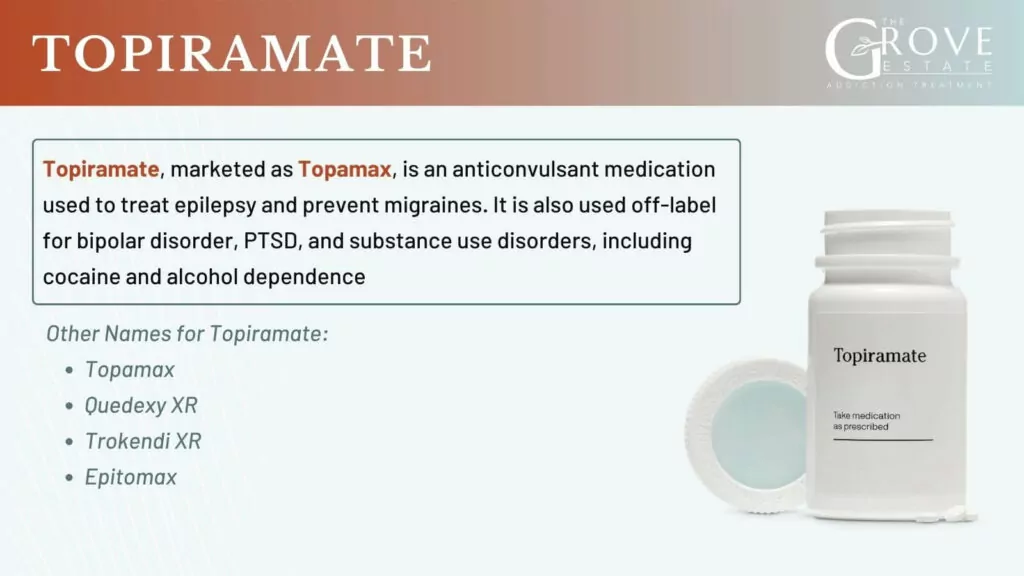
Moderation vs. Abstinence: Choosing a Treatment Goal
When exploring alcoholism treatment options, you’ll face a choice between moderation and total abstinence. This is a personal decision best made in consultation with a healthcare provider.
Moderation may be a reasonable goal for those with mild AUD. This harm reduction approach involves learning to limit intake and avoid heavy drinking.
Total abstinence is often the recommended and safest path for people with moderate to severe AUD, especially if you have health complications or have tried moderation without success. For many, abstinence is simpler than the constant effort of controlling intake.
Building a Foundation for Lifelong Sobriety
Completing a treatment program is a huge accomplishment, but recovery is an ongoing journey. Building a strong foundation for sobriety involves continued support and intentional lifestyle choices.
The Critical Role of Aftercare and Support Groups
Aftercare is the bridge between intensive treatment and independent, sober living. It can include regular check-ins with a therapist, alumni programs, or moving into a sober living environment for structured, peer-based support.
Perhaps the most powerful resource is mutual support groups, which are free, widely available, and offer a community that understands. It’s important to find one that resonates with you.
- Alcoholics Anonymous (AA) is the most well-known 12-step fellowship, offering a spiritual framework and peer support.
- SMART Recovery uses a science-based, cognitive-behavioral approach focused on self-empowerment.
- Other groups like Women for Sobriety and Secular Organizations for Sobriety (SOS) provide specialized or non-spiritual alternatives.
- Al-Anon and Alateen offer crucial support for families and friends affected by a loved one’s drinking.
Lifestyle Changes and Tools for Sustained Recovery
Lasting recovery means building a life you don’t want to escape from. This involves replacing old habits with healthy new ones. A balanced nutrition plan and regular exercise are powerful tools to boost mood and reduce stress. Learning healthy stress management techniques like meditation or deep breathing is non-negotiable, as you’ll need alternatives to alcohol. Developing new hobbies and interests helps build a fulfilling, sober life and connects you with others in alcohol-free settings.
Preventing relapse requires understanding your personal triggers and having a concrete plan to handle them. If a setback happens, it’s not a failure but a signal to reach out for support and get back on track. Many people with long-term sobriety experienced relapses along the way; what matters is what you do next.

By engaging in aftercare, connecting with support groups, and making intentional lifestyle changes, you invest in a healthier, happier future. At Addiction Helpline America, we can help you find the alcoholism treatment options and ongoing support that fit your unique needs.
Frequently Asked Questions about Alcoholism Treatment Options
We know that thinking about alcoholism treatment options can bring up a lot of questions. Here are concise answers to some of the questions we hear most often.
What are the main components of professionally led alcohol addiction treatment?
Professional treatment is a comprehensive approach that typically includes four key components:
- Medical Detox: Safe, medically supervised management of withdrawal symptoms.
- Behavioral Therapies: Counseling (like CBT) to change thought patterns and behaviors related to drinking.
- Medication-Assisted Treatment (MAT): FDA-approved medications to reduce cravings and support abstinence.
- Aftercare Planning: Creating a long-term support plan to prevent relapse and maintain sobriety.
How do I know which level of care is right for me?
This is a critical question best answered through a professional assessment by an addiction specialist. They will evaluate the severity of your alcohol use disorder, your physical and mental health, and your home environment to recommend the most appropriate level of care. This can range from flexible outpatient counseling to 24/7 residential inpatient treatment. We can help connect you with professionals who will guide you to the right choice.
What is the difference between Alcoholics Anonymous (AA) and SMART Recovery?
Both are highly effective peer support groups, but they use different approaches. The best choice is the one that resonates with you personally.
- Alcoholics Anonymous (AA) is a 12-step fellowship that views alcoholism as a spiritual disease and promotes abstinence through peer support and reliance on a “Higher Power.”
- SMART Recovery is a secular, science-based program that uses cognitive-behavioral tools to empower individuals to manage their own recovery. It supports both abstinence and moderation goals depending on the individual.
Conclusion
If you’ve made it this far, you’ve already taken a courageous step. We want you to know that recovery is absolutely achievable—not as a distant possibility, but as a real path that thousands of people walk successfully every day.
We’ve explored the full spectrum of alcoholism treatment options: from medical detox and residential programs to flexible outpatient care, evidence-based therapies, and medications. We’ve also seen how telehealth and support groups like AA and SMART Recovery make healing more accessible than ever.
Here’s the most important takeaway: there is no single “right” way to recover. Your path will be uniquely yours. The best approach is one that is personalized to your specific needs, circumstances, and goals.
The hardest step is often reaching out for help. That moment of vulnerability is also a moment of incredible strength.
At Addiction Helpline America, we make that step easier. We provide free, confidential, and personalized guidance, connecting you to our vast network of quality treatment centers across the United States, from California to Florida. We listen to your story and help you find a program that truly fits.
You don’t have to figure this out alone. A healthier, more fulfilling life is waiting. Take that courageous first step today.
Find the right recovery program for you
Our helpline is 100%
free & confidential
If you or someone you care about is struggling with drug or alcohol addiction, we can help you explore your recovery options. Don’t face this challenge alone—seek support from us.
Programs
Resources
Will my insurance
cover addiction
treatment?
We're ready to help
Find the best
drug or alcohol treatment
center
Are you or a loved one struggling with addiction? Call today to speak to a treatment expert.





